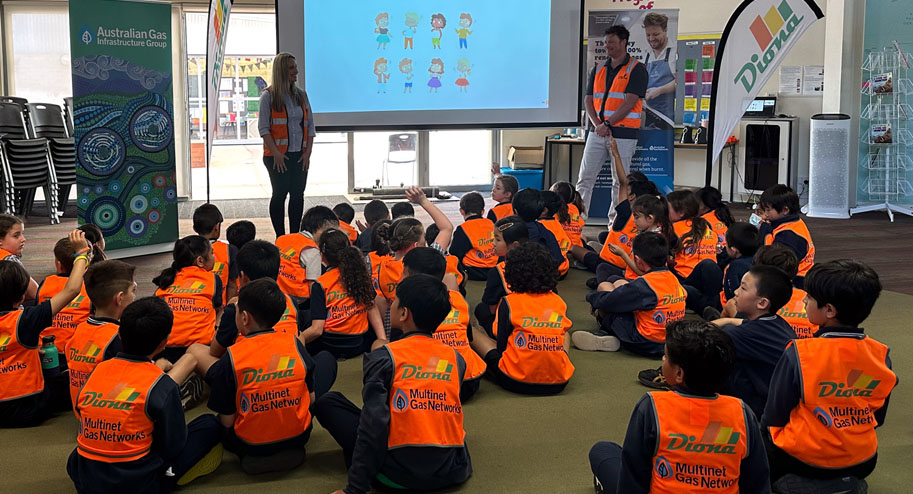
Fossil fuel companies use STEM education as a way to build credibility and social licence, and recruit future staff, while glossing over their role in global warming.
This is against the Paris Agreement, which calls for all countries to improve climate change education.
School banking programs, such as Dollarmites, have been banned from schools in several states after the consumer watchdog (ACCC) found that children were exposed to “sophisticated advertising and marketing tactics” by providers. Surely the same could be said for fossil-funded education?
Here’s a sample.
Australian Earth Science Education
Australian Earth Science Education holds incursions with Woodside Petroleum, one of the world’s largest oil and gas companies. The partnership with Woodside Australian Science Project (WASP) is a vehicle for falsely portraying oil and gas as the future of energy, while casting doubt over climate science.
In this video Woodside boasts how it has reached 10,000 students through the program, which includes teaching kids to drill for oil using vegemite sandwiches.
Premier’s Science Award
The science awards from the WA State Premier are designed to inspire the ‘next generation’ to take up STEM.
The two top sponsors are currently Shell and Woodside.
It includes the Governor’s School Science Awards as part of an uncomfortable collaboration between big oil and big government that includes the state’s science museum, Scitech, also sponsored by fossil fuels.
Oresome Resources

This program offers a large range of free education materials and teacher training on minerals and energy, including books for kindergarten children (see above).
It’s sponsored by the Queensland Resources Council, Chamber of Minerals and Energy of Western Australia, Minerals Council of Australia (MCA), MCA Victoria Division, MCA Northern Territory Division, NSW Minerals Council, South Australian Chamber of Mines and Energy and the Tasmanian Minerals, Manufacturing and Energy Council.
It has a fact sheet on ‘Coal and low emissions technology’, like the two things somehow go together. Its fact sheets on fossil gas, coal and petrol don’t mention global warming or emissions and often include the logos of some mining lobby groups.
Upper Hunter Mining Dialogue
Just under half of Minerals NSW‘s members are involved in coal. It runs the Upper Hunter Mining Dialogue that conducts school tours of mines in the Hunter region of northern NSW. It also has resources for teachers such as this VR coal mine tour that mentions ‘rehabilitation’ more than a dozen times but doesn’t mention coal’s effect as the primary driver of climate change.
It also reaches students through the PRIME program co-sponsored by Regional Development Australia (RDA) that has so-far promoted mining careers in 45 schools. Here’s a coal worker promoting a career at Glencore, the world’s largest coal exporter. These career programs ignore scientists’ warnings that coal must be phased out in rich countries by 2030.
Another RDA program has allowed Port Waratah Coal Services spruik its value to primary school children with Lego.
STEM Industry School Partnerships Program
Also in the Hunter, the Bengalla Coal Mine, owned by New Hope Group, is a ‘leading energy partner’ in delivering STEM classes with the NSW Department of Education, STEM Industry School Partnership Program (SISP). Again, these materials portray coal mining as sustainable and
ignore global warming.
STEM Zone
At the University of Wollongong, science is brought to you by South32 Coal.
National Science Week
National Science Week is Australia’s largest celebration of science, technology, engineering and mathematics, or STEM. National Science Week has links to fossil fuels. One of its partners is the Australian Science Teachers Association (ATSA), which is sponsored by Santos, among others.
Energy4Me
This international program is created by the Society of Petroleum Engineers and promotes oil and gas including fracking with jelly, described as a “cracking good time”. It’s use of IEA information about the future energy mix (above) is out of date and does not reflect the need to reach net zero.
It claims to have 50 teachers in Queensland.
“Digger Day”

Australian Gas Infrastructure Group and Multinet Gas Networks sponsored a workshop for 100 primary school children in Victoria. The children wore hi-vis with the sponsors logos and were given greenwashed information about fossil gas being sustainable and renewable.
Santos Science Experience
Santos previously sponsored the ‘Santos Science Experience’ which tours schools across Australia, aimed at year 9 and 10 students.
Macquarie University dropped Santos as a name sponsor following protests from eminent climate scientist, Prof Lesley Hughes.
Run by the Science Schools Foundation, it is now known as ‘the science experience’.
Updated 23/1/25




